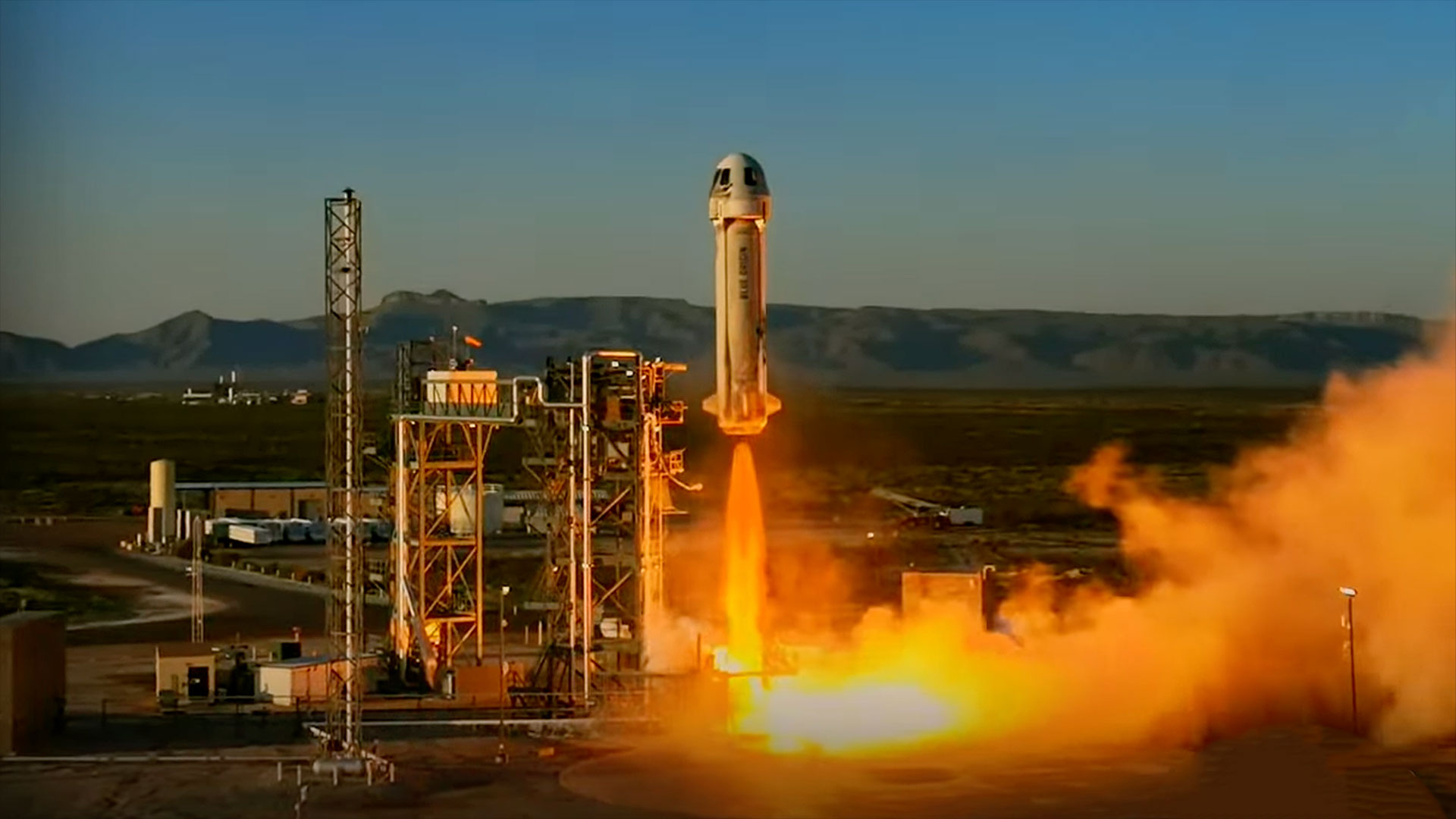SETI search of interstellar Comet Borisov finds no sign of alien 'technosignatures'

Our solar system's second known interstellar visitor appears to be keeping quiet, just like the first.
The Breakthrough Listen SETI (search for extraterrestrial intelligence) project has scanned the interstellar Comet Borisov for "technosignatures" but come up empty so far, scientists announced today (Feb. 14).
Breakthrough Listen also encountered radio silence during an earlier investigation of the mysterious 'Oumuamua, the first confirmed interstellar object ever spotted in our solar system. The null results may be disappointing to alien enthusiasts out there, but they're valuable all the same, project team members said.
Related: SETI & the search for extraterrestrial life
"If interstellar travel is possible, which we don't know, and if other civilizations are out there, which we don't know, and if they are motivated to build an interstellar probe, then some fraction greater than zero of the objects that are out there are artificial interstellar devices," Steve Croft, a research astronomer with Breakthrough Listen and the Berkeley SETI Research Center at the University of California, Berkeley, said in a statement.
"Just as we do with our measurements of transmitters on extrasolar planets, we want to put a limit on what that number is," Croft added.
It's also worth noting that SETI silence does not necessarily guarantee a natural origin for Borisov and 'Oumuamua. It's possible, for example, that they're transmitting a type of signal that we're not looking for, or that they're defunct alien craft.
Breaking space news, the latest updates on rocket launches, skywatching events and more!
Indeed, a possible artificial origin has been invoked by some scientists — notably, Avi Loeb, the Harvard astronomy department chair — to explain 'Oumuamua's very weird combination of characteristics. Loeb has suggested that 'Oumuamua, which looped around the sun in September 2017, might be a light-sailing alien spacecraft. (Comet Borisov made its closest approach to our star in December 2019.)
The Borisov news is part of a huge data dump by Breakthrough Listen, a $100 million life-hunting effort established in 2016 by billionaire Yuri Milner. During a news conference today at the annual meeting of the American Association for the Advancement of Science in Seattle, project team members announced the release of nearly 2 petabytes of SETI data, much of which astronomers have not yet had a chance to study in detail.
Breakthrough Listen team members said the newly released information represents the most comprehensive survey to date of radio emissions from the plane of our Milky Way galaxy and the region around its central supermassive black hole.
"The galactic center is the subject of a very specific and concerted campaign with all of our facilities, because we are in unanimous agreement that that region is the most interesting part of the Milky Way galaxy," Breakthrough Listen Principal Investigator Andrew Siemion, of the University of California, Berkeley, said in the same statement.
"If an advanced civilization anywhere in the Milky Way wanted to put a beacon somewhere . . . the galactic center would be a good place to do it," he added. "It is extraordinarily energetic, so one could imagine that if an advanced civilization wanted to harness a lot of energy, they might somehow use the supermassive black hole that is at the center of the Milky Way galaxy."
Related: 13 ways to hunt intelligent aliens
And you have a chance to help turn up evidence of such advanced creatures, if any are there to be found: Breakthrough Listen is inviting the public to help analyze this trove of SETI data.
"Since Breakthrough Listen's initial data release last year, we have doubled what is available to the public," Matt Lebofsky, Breakthrough Listen lead system administrator, said in the same statement, referring to a petabyte-size data dump in June 2019. "It is our hope that these data sets will reveal something new and interesting, be it other intelligent life in the universe or an as-yet-undiscovered natural astronomical phenomenon."
You can learn about how to participate here.
About half of the new data comes from the Parkes radio telescope in New South Wales, Australia, team members said. The rest was collected by the big radio dish at West Virginia's Green Bank Observatory and the Automated Planet Finder, an optical telescope located at Lick Observatory in California. (SETI signals don't necessarily have to be in the radio spectrum, after all; laser flashes could betray the presence of intelligent aliens as well.)
Also today, the SETI Institute in Mountain View, California, and the National Radio Astronomy Observatory (NRAO) announced an agreement to start installing technosignature-hunting gear on NRAO dishes.
So, the search for E.T. continues to ramp up, which is just what Milner wants.
“For the whole of human history, we had a limited amount of data to search for life beyond Earth. So, all we could do was speculate," Milner said in the same statement. "Now, as we are getting a lot of data, we can do real science and, with making this data available to the general public, so can anyone who wants to know the answer to this deep question."
- 'Oumuamua: Our 1st interstellar visitor explained in photos
- Fermi Paradox: Where are the aliens?
- 9 strange, scientific excuses for why humans haven't found aliens
Mike Wall's book about the search for alien life, "Out There" (Grand Central Publishing, 2018; illustrated by Karl Tate), is out now. Follow him on Twitter @michaeldwall. Follow us on Twitter @Spacedotcom or Facebook.
OFFER: Save at least 56% with our latest magazine deal!
All About Space magazine takes you on an awe-inspiring journey through our solar system and beyond, from the amazing technology and spacecraft that enables humanity to venture into orbit, to the complexities of space science.

Michael Wall is a Senior Space Writer with Space.com and joined the team in 2010. He primarily covers exoplanets, spaceflight and military space, but has been known to dabble in the space art beat. His book about the search for alien life, "Out There," was published on Nov. 13, 2018. Before becoming a science writer, Michael worked as a herpetologist and wildlife biologist. He has a Ph.D. in evolutionary biology from the University of Sydney, Australia, a bachelor's degree from the University of Arizona, and a graduate certificate in science writing from the University of California, Santa Cruz. To find out what his latest project is, you can follow Michael on Twitter.

